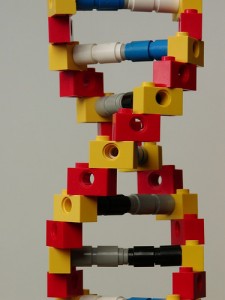
(Garry Knight/Flickr)
Vector has been deliberating about its predictions for 2013, consulting its many informants. Here’s where we’re putting our money this year; if you have other ideas, scroll to the bottom and let us know.
Genome sequencing scaling up at health care institutions
Last year we predicted genome sequencing’s entry into the clinic; this could be the year it goes viral. Technology companies with ever-faster sequencers and academic medical centers are teaming up at a brisk pace to offer genomic tests to patients. Just in the past two weeks, a deal was announced between The Children’s Hospital of Philadelphia and BGI-Shenzhen to sequence pediatric brain tumors; Partners HealthCare and Illumina Inc. announced a network of genomic testing laboratories; Full story »
Here once again is Vector’s take on some exciting trends we’ve been watching in the pediatric health arena and what we expect to see more of this year. If you’ve got others to propose, scroll to the bottom and let us know!

Genomics is starting to provide clinically actionable information (Michael Knowles/Flickr)
Whole-genome sequencing enters the clinic
In 2000, with our genome deciphered, the Human Genome Project promised to transform medicine, predicting and preventing all that ails us. The project spawned next-generation technologies, accelerated the development of bioinformatics and shaped new perspectives on research. But if, say, a stroke patient was asked the question, “Is your life any better than 10 years ago thanks to advent of genomics?” the answer would have to be “no.” Hence the New York Times’s assertion in 2010 that the project yielded few new cures.
Now that paradigm seems to be shifting. Whole-genome sequencing has begun moving into the clinic, sleuthing out problems, offering hope for a medicine that’s more effective and more personal. 2011 saw genomic information provide biochemical insights timely and actionable enough to improve the treatment of individuals with cancer and dystonia, and, in a case at Children’s, failure to thrive and severe kidney calcification. Full story »










